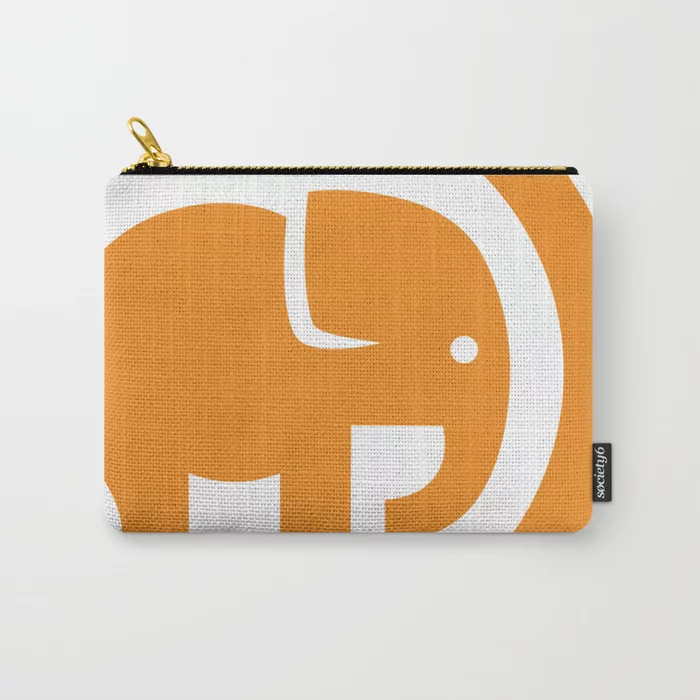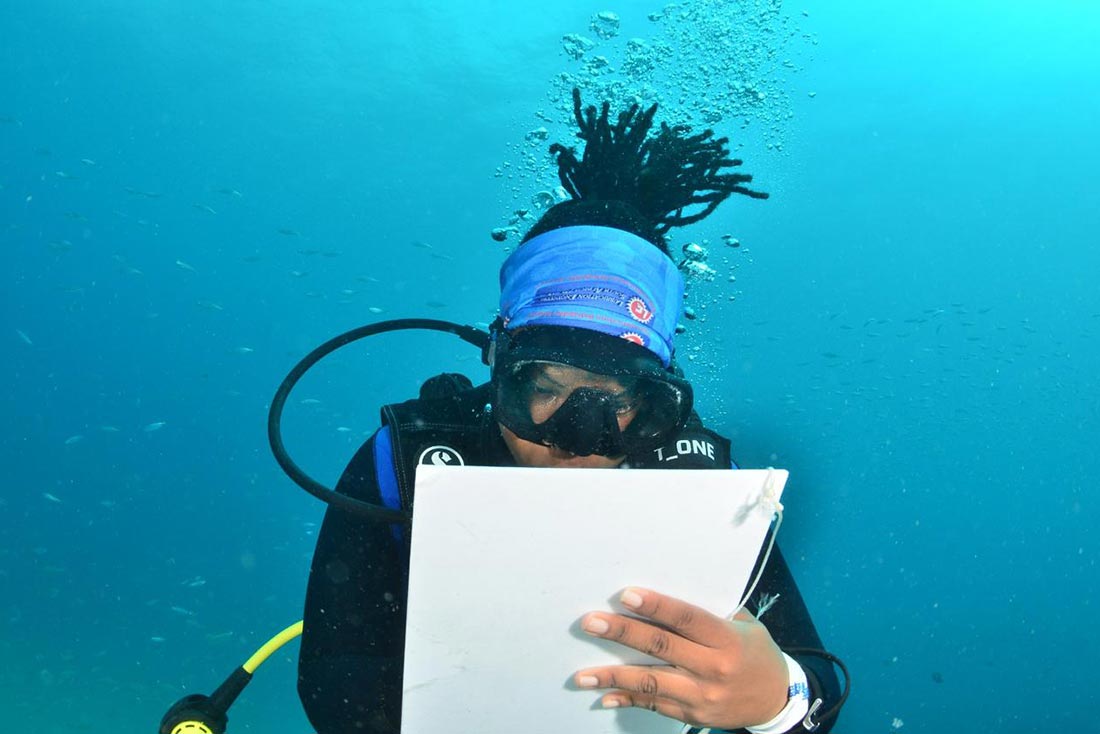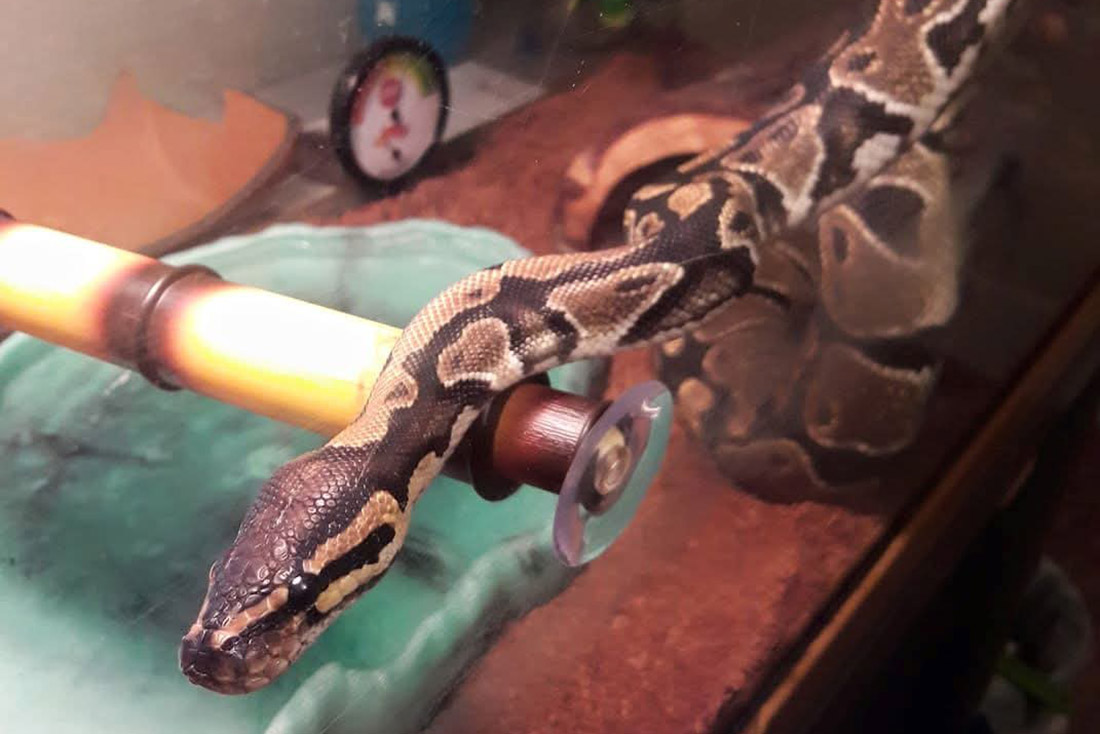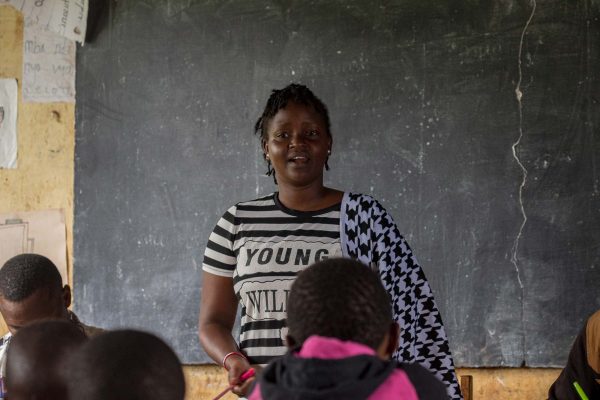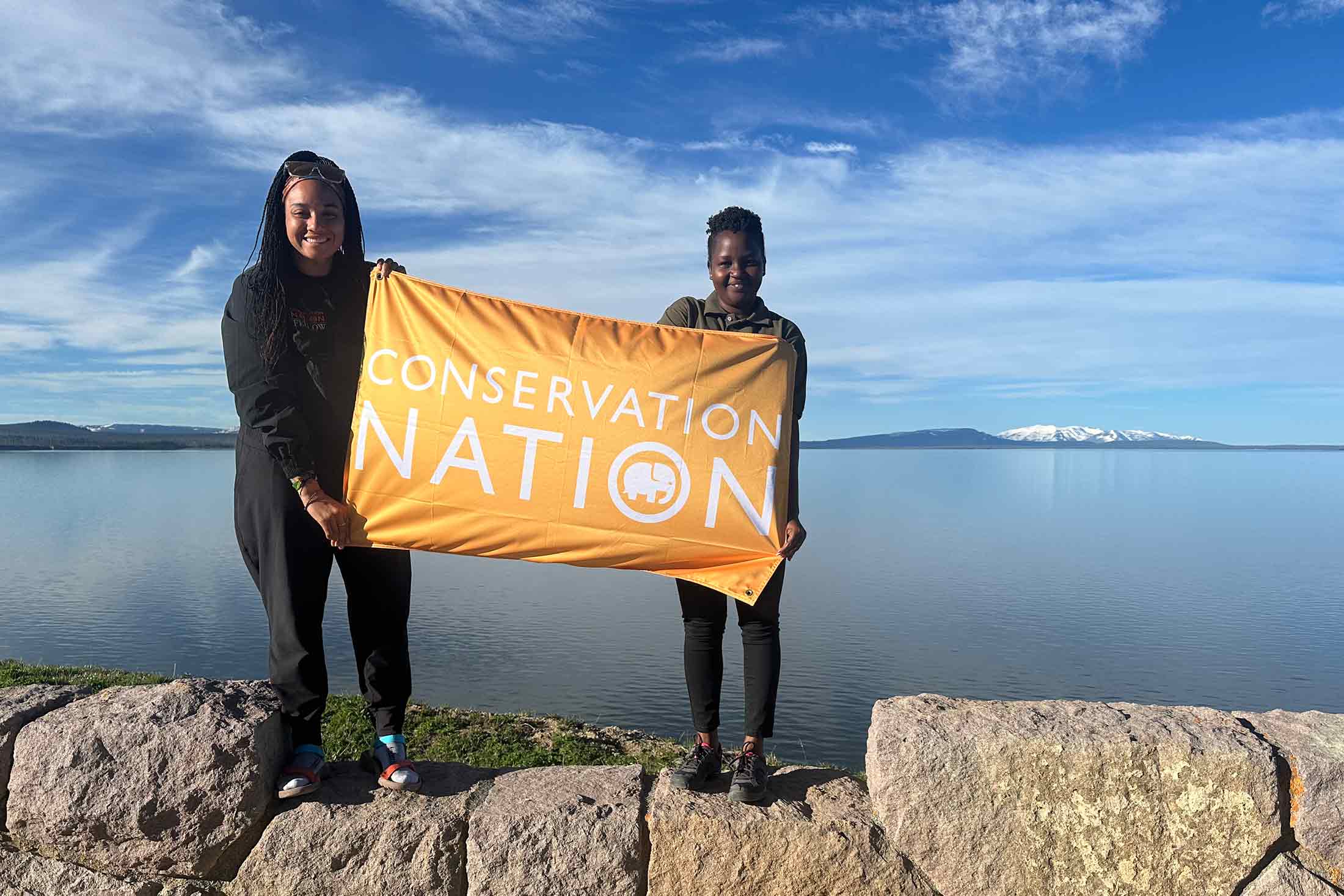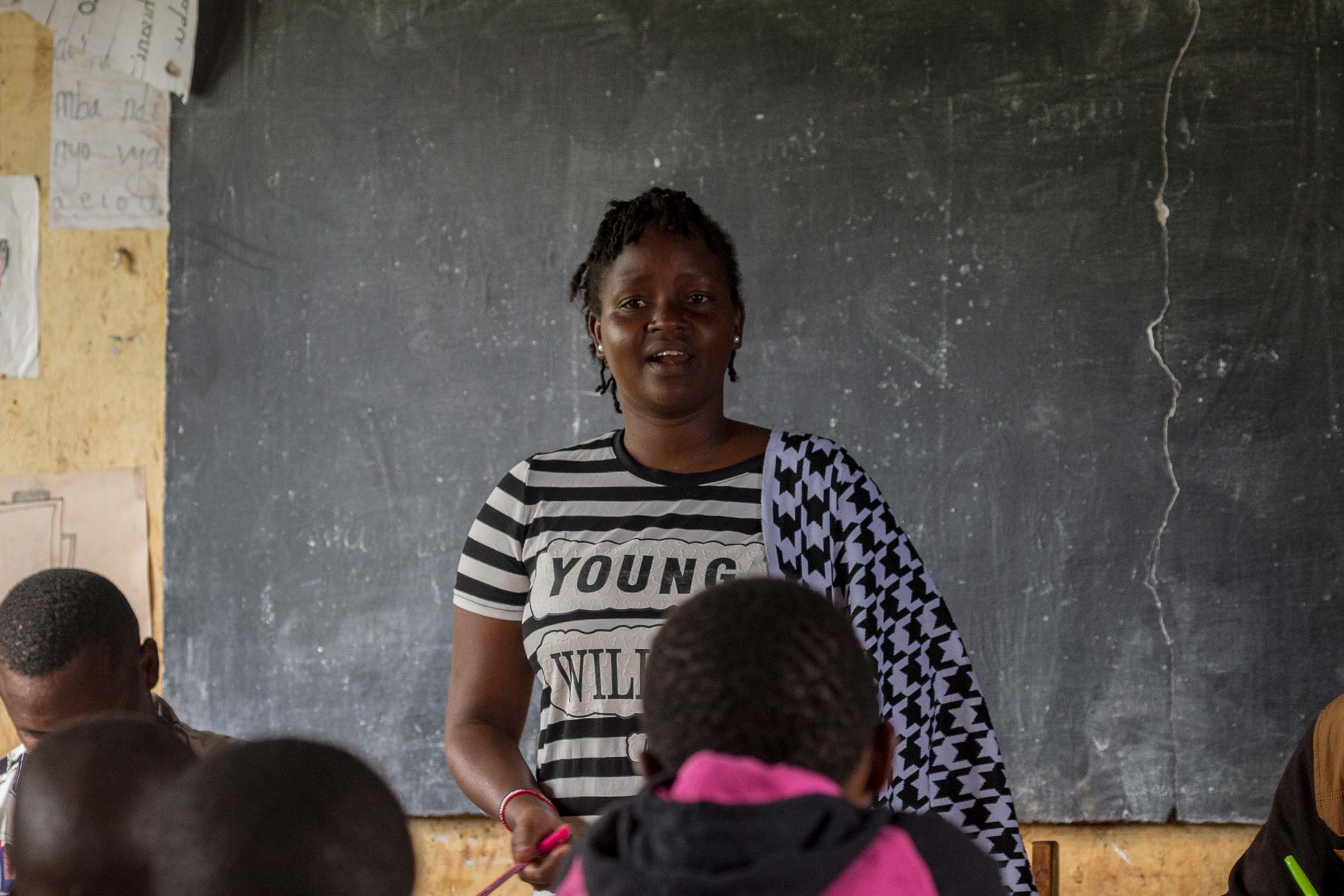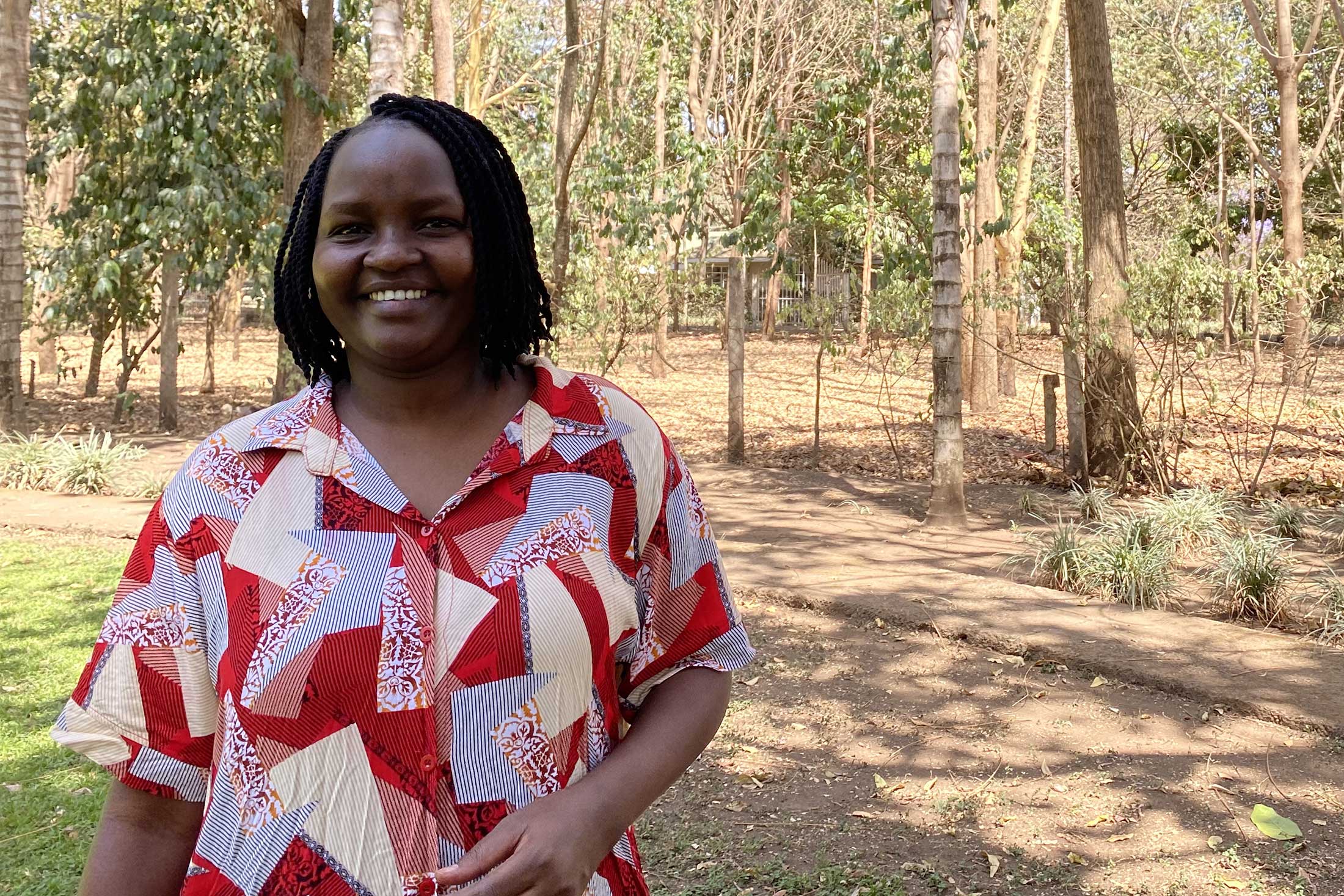As I continue on a path of professional growth as a Conservation Nation Fellow, I recently had the opportunity to immerse myself in two courses in Nairobi, Kenya, aimed at enhancing my technical skills and career expertise. Thanks to the fellowship, supported by Catmosphere, and encouragement from the team at African People & Wildlife, I took a deep dive into Monitoring and Evaluation (M&E) at Amref International University and Geographic Information Systems (GIS) at Devimpact Institute last November.
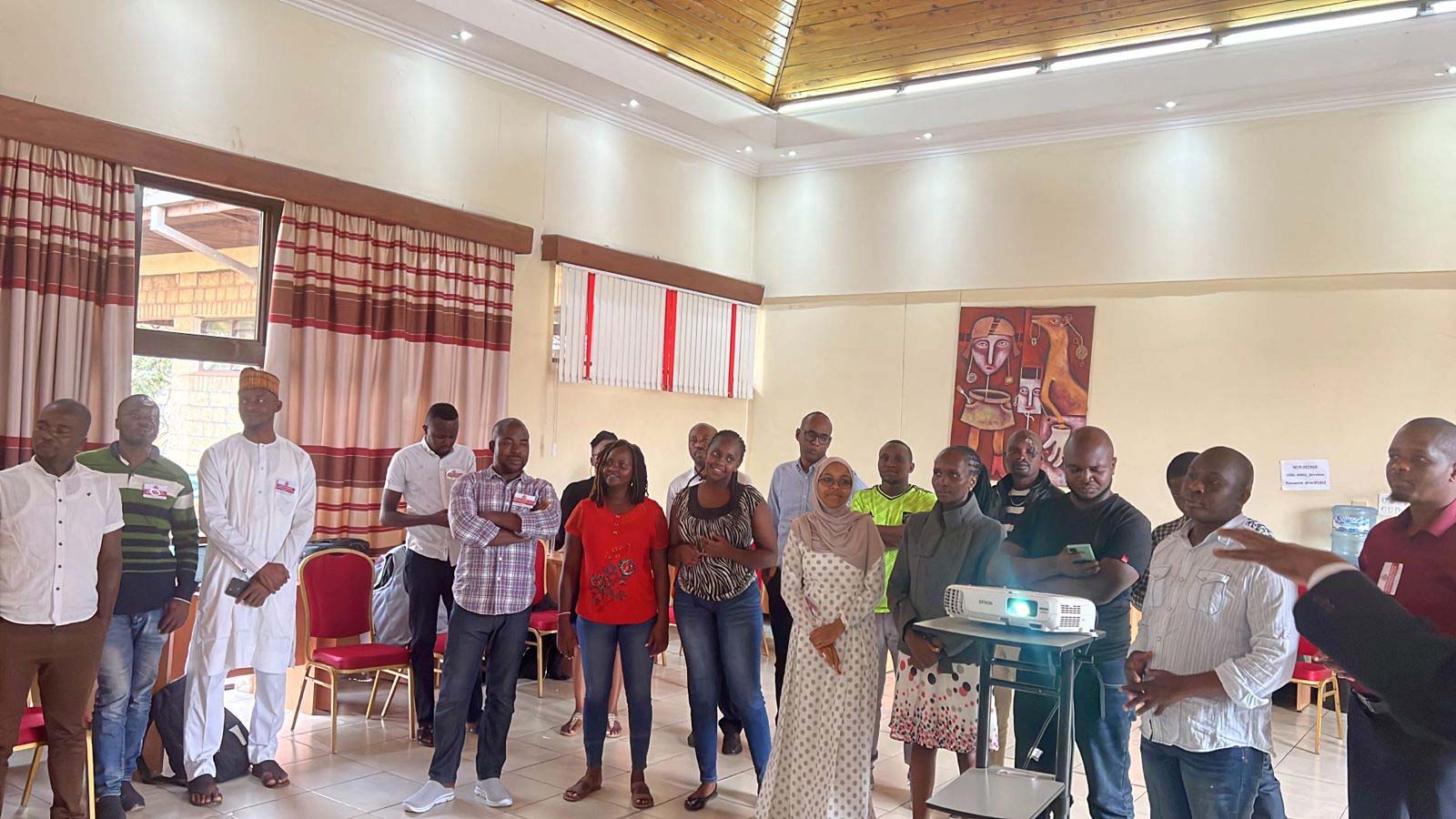
At Amref International University, I surrounded myself with the intricacies of Monitoring and Evaluation, which are essential pillars when working in conservation and international development. From grasping the fundamental concepts to mastering the art of data analysis and report writing, the course equipped me with new tools to assess program performance and ensure accountability. My objective of becoming proficient in M&E program management was fulfilled, granting me the ability to share new ideas for data-driven decision-making and adaptive management strategies with other members of APW’s Monitoring, Evaluation, Learning, and Adaptation (MELA) team.
Entering the world of GIS at Devimpact Institute was an amazing experience that strengthened my understanding of spatial data analysis and visualization. The course moved from GIS fundamentals to hands-on activities in map creation and visualization, empowering me to better leverage spatial data for informed decision-making in conservation planning and monitoring. For example, GIS can help identify optimal program locations by considering various spatial factors: accessibility, demographics, and environmental conditions. Armed with newfound GIS skills, I was excited to return to the team and take on more geospatial work. I have realized I am becoming more and more interested in this field of GIS!
The skills from both courses have already begun to impact my work with APW’s holistic conservation programs. Since returning to Tanzania, I have been able to better troubleshoot and adapt our MELA process based on what I learned, such as evaluating our protocols for Big Cat observation tracking around Mikumi National Park. I have also re-trained our human-wildlife coexistence officers on collecting data using our GPS method.
Then it was on to Mkomazi National Park! As part of expanding our conservation programs into this new landscape in partnership with Tanzania National Parks Authority, I trained 9 new human-wildlife conflict officers to serve the communal lands around the park, where incidents with big cats and elephants need urgent solutions.
Much like the Warriors for Wildlife in Ngorongoro, this training focused on data collection using mobile forms – and emphasized adherence to protocols that ensure our growing dataset is accurate and insightful in real time. Understanding where hotspots exist guides decisions about where officers are deployed and where Living Walls are needed most to reduce conflicts with livestock.
Building a Stronger Community Connection
In West Kilimanjaro, I had the privilege of organizing and participating in a Herders Education Meeting. This gathering brought together traditional leaders, government officials, and young members of the community known as Morani (ages 19-35) and Malaiyok (ages 0-18).
The objective was to discuss and devise effective strategies to safeguard livestock in pastures, a crucial part of coexistence here because our data indicates higher incidents of conflict while grazing compared to livestock attacks in corrals at the homestead. The meeting, attended by 32 representatives from six villages, will hopefully foster better practices that reduce incidents and increase local food and economic security.
One of my personal highlights was educating Morani on the pivotal role lions play in the ecosystem. By influencing the condition of grasslands and forests, including populations of wild herbivores, lions can bring numerous benefits to pastoralists and the broader community.
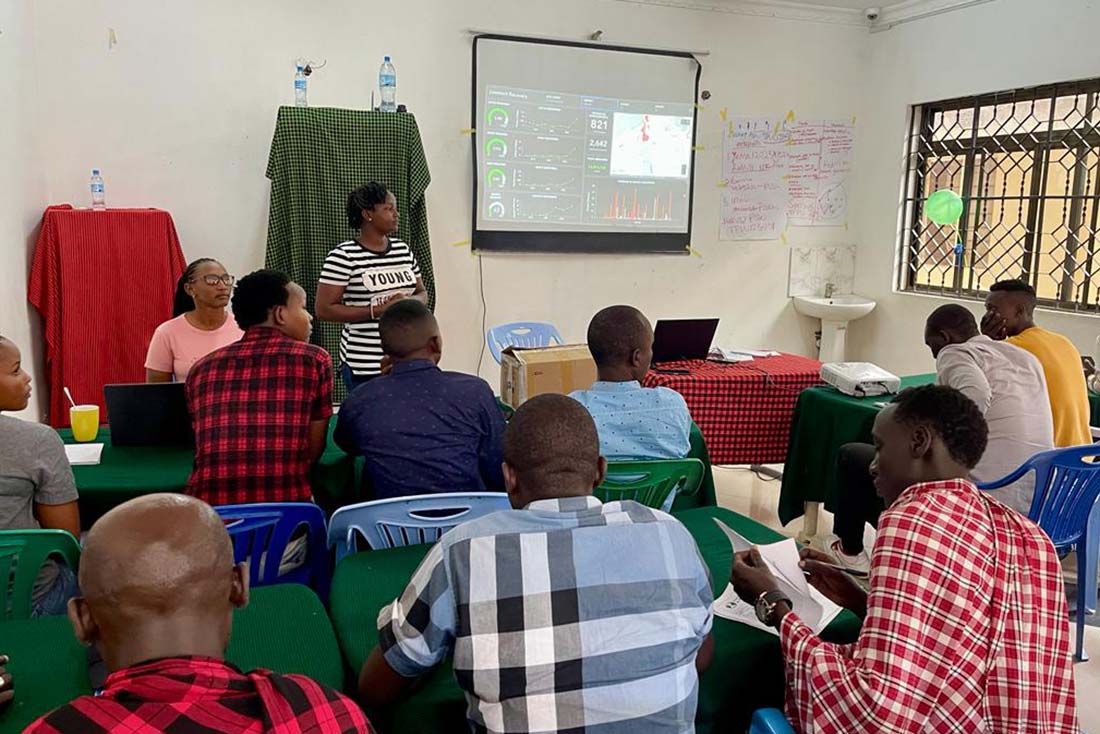
Yamat Lengai is a Conservation Nation Fellow. Her fellowship is made possible with the support of Catmosphere, a foundation dedicated to raising awareness for crucial work in big cat conservation.



